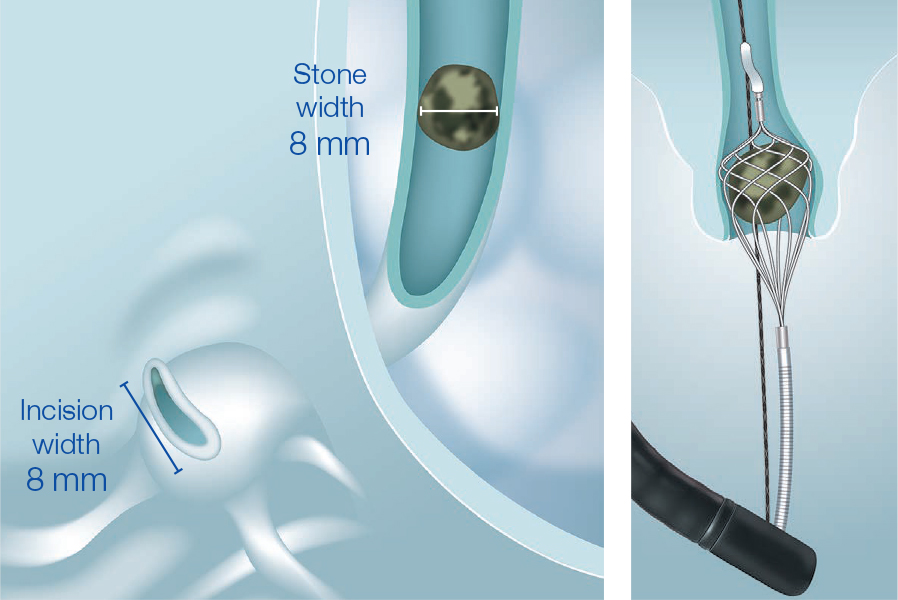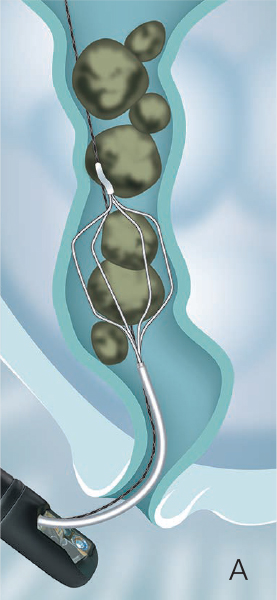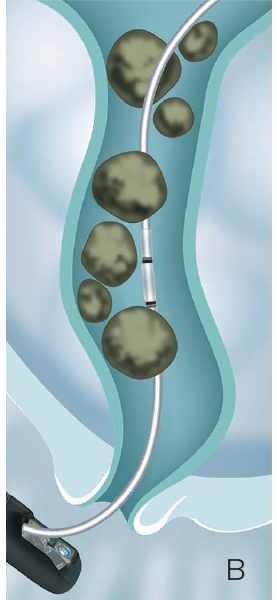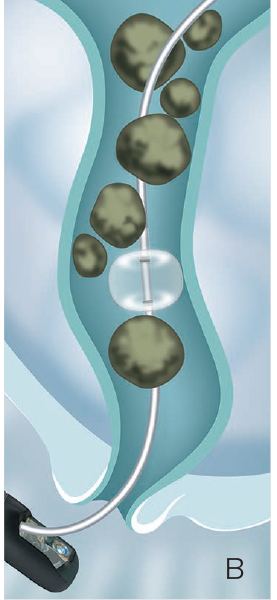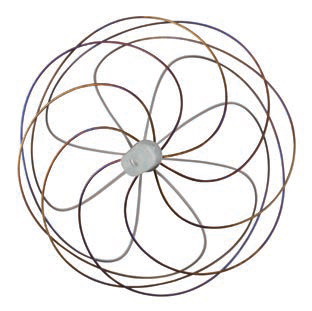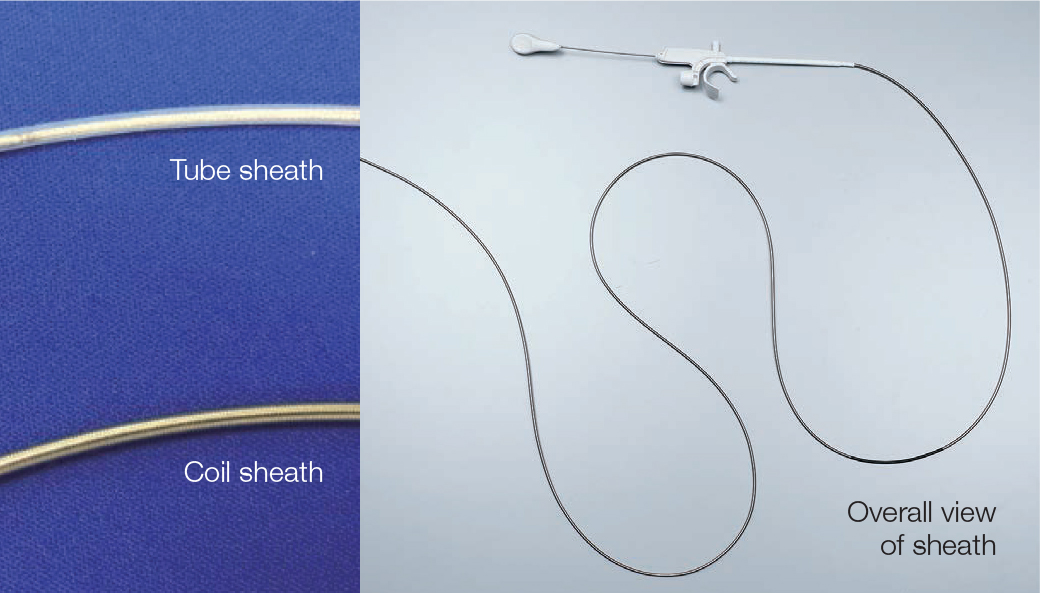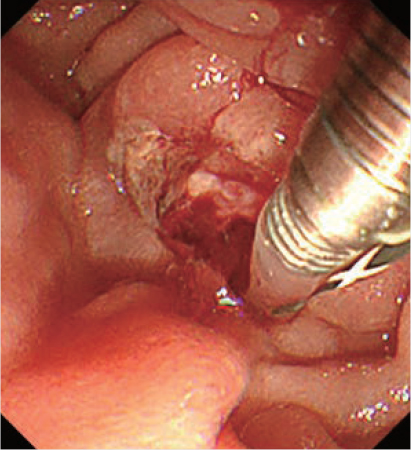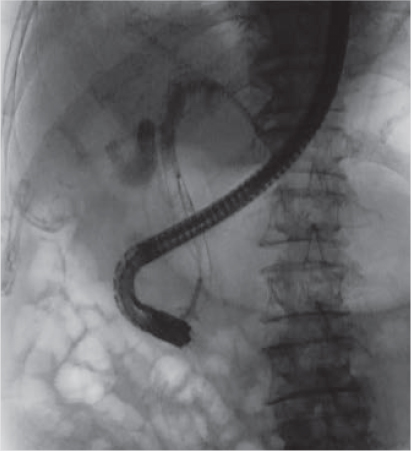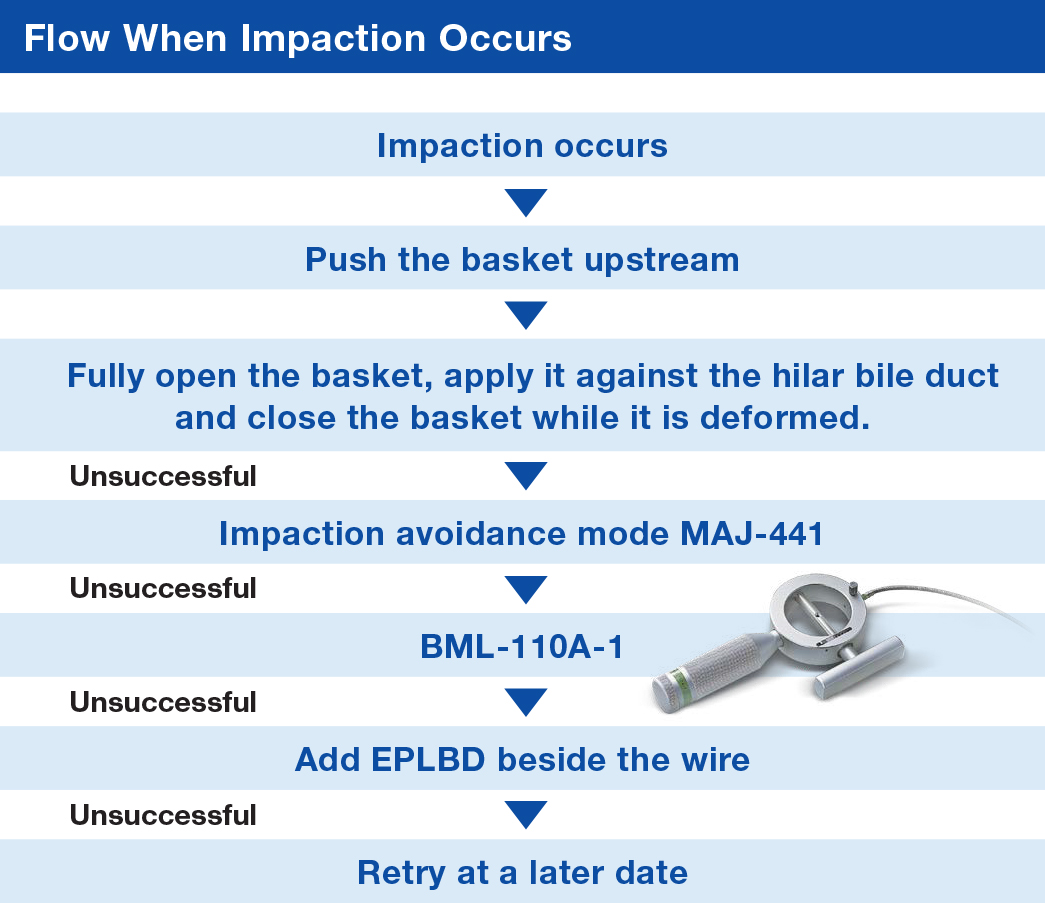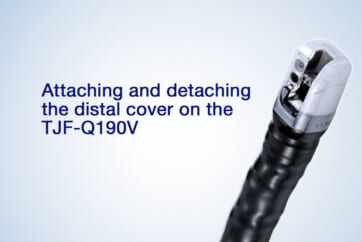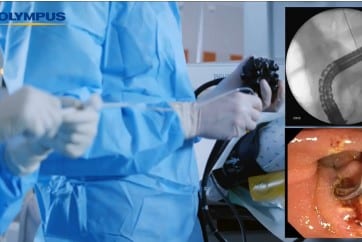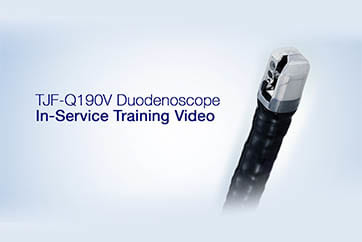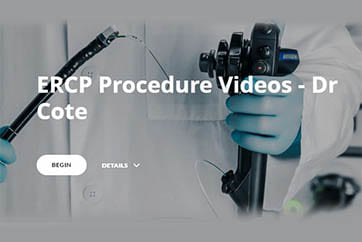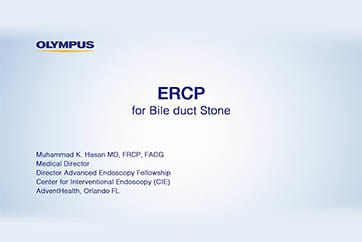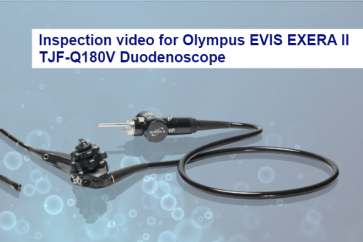New Retrieval Basket
Ichiro’s Strategy – VorticCatchV™ device

Ichiro Yasuda, MD
Director and Professor,
Third Department of Internal Medicine,
University of Toyama
Dr. Ichiro Yasuda is a paid consultant of the Olympus Corporation, its subsidiaries and/or its affiliates.
Any claims and/or comparisons within this article are solely the opinion of Dr Ichiro Yasuda, MD.
Controlling the Incision Length According to Stone Size
We generally perform EST before removing bile duct stones. The incision length is determined according to the stone size. In cases with large or stacked stones that are hard to remove with EST alone, EPLBD is performed more preferably than before. Considering the advantages such as the reduction of procedure time and complications, we expect that EPLBD will be more widely used in the future. As with ordinary EST, we use a medium incision width.
When to Use a Lithotripsy Basket
We believe that increased use of EPLBD has led to a decrease in the need to use lithotripsy baskets. For instance with a stone size of 10-14 mm (up to scope diameter on X-ray), the lithotripsy basket is used following the EPLBD. At that time, we first attempt to retrieve the stone without crushing it.
Device Selection According to Stone Size and Condition of Biliary Orifice after Papillary Treatment
The decision on device selection should be based on the sizes of the stone and the bile duct opening after papillary treatment. The basket has a higher grasping performance and the force to pull out the stones than the balloon, so it is our first choice in cases where the papilla has been treated with EST alone. We believe that it is particularly effective when the stone and the bile duct opening are similar sizes.
The balloon, on the other hand, is the preferred method for retrieval of stacked stones after EPLBD and of multiple stones. In case with stacked stones, basket impaction in the papilla can occur if the basket grasped a stone in the upstream position first.
Therefore, it is necessary to retrieve the stones in order from the downstream position in such cases. However, it is sometimes difficult to retrieve the stacked stones beginning at the lowest stone. We believe that the balloon is more effective than the basket in such cases because it is possible by inflating the balloon between stones.
Case in Which the Basket is Effective
When the incision width and stone width are identical (or similar), the basket is suitable for extraction because of the strong pulling force.
Case in Which the Balloon is Effective (Stacked stones after EPLBD)
A. Even when only the stone at the bottom is to be grasped, the basket is hard to fine-adjust so several stones tend to be grasped.
B. The balloon can be dilated relatively easily between stones so it is also effective with stacked stones.
Cases in Which VorticCatchV is Effective
We believe that this device is effective for small stones in general. It is particularly effective in cases where a pocket has formed at the lower end of the bile duct.
(Image shows top view of VorticCatchV.)
Effective Range
We believe that stones that can be retrieved with a balloon can be retrieved just as effectively with VorticCatchV. Namely, it can deal with any stone with a size of about 8 mm or less. In addition, even with the biliary sludge cases that used to be hard to remove with a balloon, a basket may be effective because its structure means that it stays in close contact with the entire circumferences of bile duct.
Usefulness of Nitinol Basket and Coil Sheath
Baskets made from Nitinol – a material featuring high endurance and shape memory – offer excellent durability, while their unique shape has proven to ease retrieval. With previous baskets, the shape used to be deformed after two or three retrievals. The VorticCatchV, on the other hand, appears to maintain its shape even after repeating 10 or more retrievals. As the basket expands reliably even in narrow bile ducts, it provides excellent stone grasping capability.
The sheath is a coil sheath with high durability. With traditional tube sheaths, the proximal section of the sheath tended to be shrunk by repeated basket opening/closing operations. The adoption of the coil sheath is expected to minimize these problems. It is often thought that the coil sheath makes it hard to approach the papilla because of the reduced flexibility. However, the coil sheath used with VorticCatchV has higher flexibility than previous coil sheaths so the approach to the papilla is easier.
* All images are Olympus owned unless otherwise indicated
- Content Type


